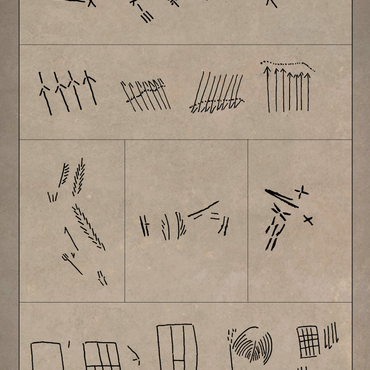
- Home
- Resources
- Biographies
- André Leroi-Gourhan (1911-1986)
André Leroi-Gourhan – who became a professor at the College de France in 1969 – assigned an important place to Lascaux in his studies of Palaeolithic art, which he considered "the most complex of all the sanctuaries." Observation of the associations of animals and the distribution of species within the cave led him to develop a theory that posited the existence of a genuine organization of the graphic space in Palaeolithic sanctuaries. This model is based on a masculine/feminine duality – which can be particularly observed in the bison/horse and aurochs/horse pairs – identifiable in both the signs and the animal representations. He also defined an ongoing evolution through four consecutive styles, from the Aurignacian to the Late Magdalenian. André Leroi-Gourhan did not publish a detailed analysis of the cave's figures. In his work Préhistoire de l’art occidental, published in 1965, he nonetheless put forward an analysis of certain signs and applied his explanatory model to the understanding of other decorated caves.
AUDOUZE (Françoise), SCHLANGER (Nathan) dir. – Autour de l’homme, contexte et actualité d’André Leroi-Gourhan, Antibes, APDCA, 2004, 442 p., ill.
Associated media
Open Media Library